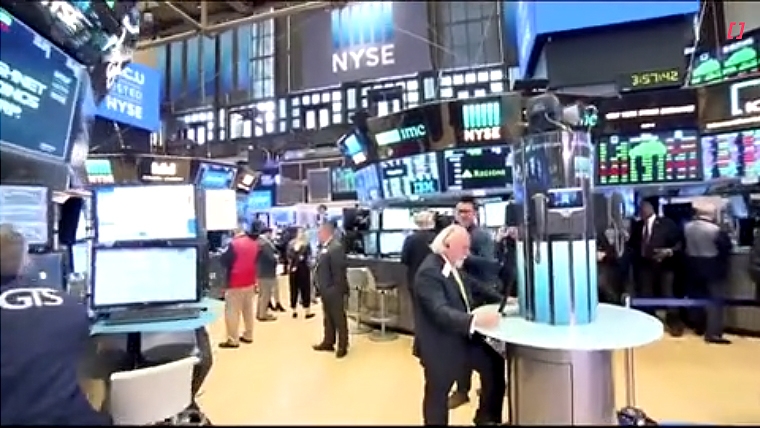
Risk sentiment received a boost after a US trade court invalidated President Trump’s ‘liberation day’ tariffs, deeming them illegal. S&P index futures gained more than 1%, and the US dollar advanced against G10 currencies, after the ruling was announced in the Asian time zone. However, the S&P retraced from the highs and the dollar reversed course overnight. US treasuries extended the recent move lower in yield supported by a solid 7-year auction.
The US Court of International Trade issued a ruling that the president had wrongfully invoked an emergency law to justify some of the tariffs. The Trump administration said it was making an appeal and threatened to go to the Supreme Court if necessary. The White House expressed confidence that the court’s ruling would be overturned on appeal, and that trade negotiations with other countries would continue, adding further macro uncertainty for financial markets.
Revised data revealed the US economy had contracted by an annualised 0.2% in the first quarter, marginally stronger than the initial data released last month. The fall in GDP reflected weak consumer spending, and a surge in imports, ahead of the expected tariff announcements. In other economic news, initial jobless claims were higher than expected and pending home sales fell sharply in April.
US treasury yields declined after the softer than expected data. The market is again pricing two 25bp rate cuts for the Fed this year. 10-year yields are down 5bp at 4.43%, the lowest level since the middle of the month. The US$44 billion 7-year auction attracted strong demand and cleared 2bp below the prevailing market level. Month end index rebalancing and positioning likely supported demand.
In currency markets, there was a large reversal in the US dollar, which had initially strengthened, after the trade court ruling was announced. The retracement gathered pace as treasury yields declined following the economic data. The yen and euro are more than 1% stronger compared with the local close yesterday. The Australasian currencies underperformed, with the NZD/USD move higher, stalling around 0.5990. The NZD lost ground on the major cross rates but gained against the AUD. NZD/AUD traded up towards 0.9280.
The post-RBNZ move sell off across NZ fixed income continued in the session yesterday. 2-year swap rates traded to a session high of 3.36%, before closing at 3.33%, 6bp higher on the day. 2-year rates were 3.17% in the lead up to the RBNZ rate decision on Wednesday. The curve flattened at the margin. 10-year swap rates ended the session at 4.21%.
NZ government bonds continued to outperformed swaps. 10-year asset swap spreads closed at 43bp, the tightest level since early April. The weekly tender saw decent demand across the two lines offered. Both lines had bid-cover ratios above three and cleared below the prevailing market midrate. Month end index adjustments likely contributed to the demand.
Australian 10-year bond futures are 5bp lower in yield terms, since the local close yesterday and along with the move in US treasuries, suggests an downward bias for NZ yields on the open.
ANZ consumer confidence is released today, and needs to make a significant recovery, to be consistent with our forecasts of for a pickup in household spending this year. Building consents are also scheduled and could be noisy given the timing of holidays during the month. Retail sales data for April is released in Australia.
Later this evening, US PCE data will be closely monitored. The consensus estimate for real personal spending is near flat in April. According to economist estimates, previously released CPI and PPI data imply a 0.1% rise in the core PCE deflator. This would reduce the annual rate to a four-year low of 2.5%, down from 2.6% in March.

We welcome your comments below. If you are not already registered, please register to comment.
Remember we welcome robust, respectful and insightful debate. We don't welcome abusive or defamatory comments and will de-register those repeatedly making such comments. Our current comment policy is here.